An Audio Engineer’s Guide To Overdrive, Fuzz and Distortion
Whether you call it dirt, grit, drive or anything else, you need some of it in your studio—and not only for guitars.
There are countless flavors of saturation and distortion out there, and over the years, some terms have taken on very specific connotations. If you’ve ever wondered what the differences are between an “overdrive”, “distortion”, and “fuzz” pedal, today’s story is for you.
Read on below for some tips on choosing the right color of gain from your palette of guitar pedals, and some classic references to help get your ear accustomed to picking out each of these classic types of hyper-saturation.
Gain By Any Name
Generally, “overdrive” pedals are described as sounding organic, natural, smooth, and amp-like.
On the other hand, a “distortion” pedal generally creates a raunchier, hairier, more saturated type of sound that tends to be a little more aggressive.
“Fuzz” pedals are a little harder to generally describe as there are many unique kinds of fuzz, but overall the drive they produce sounds and feels compressed, with more sustain and less note definition. Here’s the skinny on each:
Overdrive pedals achieve their sound from the soft clipping of diodes. Most overdrive circuits cut the bass a bit before the signal hits the soft clipping stage, and then many of them have a tone knob to add bass back later if desired.
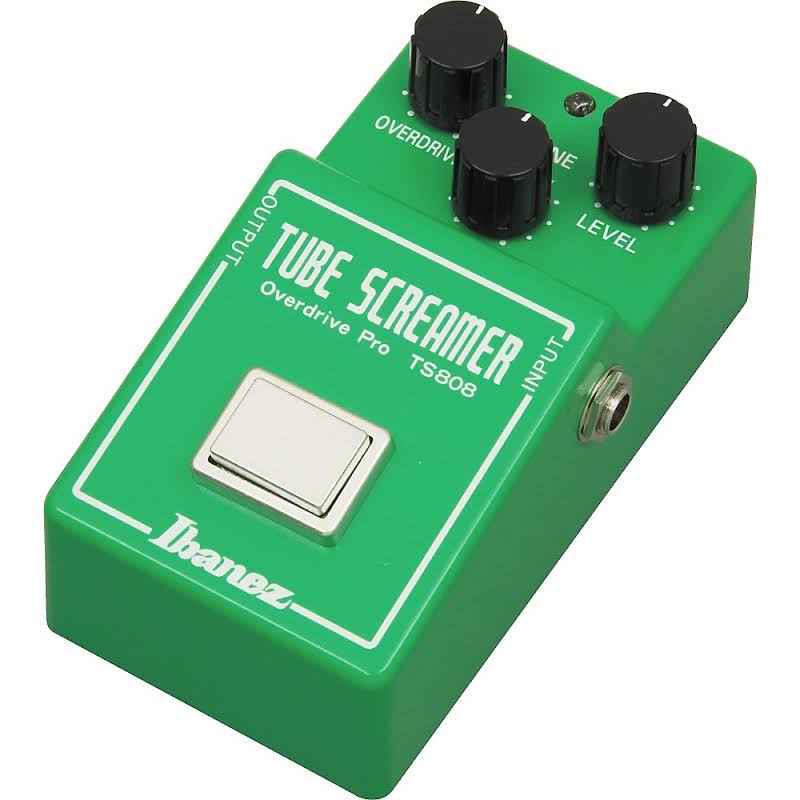
The original Tube Screamer from Ibanez is easily one of the most iconic overdrives around. In more recent years, a variety of higher-gain and more flexible overdrives have become available from a wide range of major and boutique makers.
One of the classic examples here is Stevie Ray Vaughan’s “Pride and Joy“, created by using a Ibanez Tube Screamer Overdrive into a blackface Fender amp.
Overdrives can be nice to make a guitar sound “bluesier,” and famous overdrive pedals like the Tube Screamer, Boss Blues Driver, and Klon Centaur have been used by countless guitar players all over the world. A studio really isn’t complete without one such option on hand.
Many guitarists use overdrive pedals straight into a clean amp as a way of getting a smooth overdriven tone, but you can also use overdrive pedals to help push an already cranked-up guitar amp into further distortion by hitting the preamp section of your amp harder, often while reducing low end, thereby adding some presence and clarity.
This can make your guitar rig sound tighter as you reduce rumble while increasing gain, and players like Randy Rhoads and Zakk Wylde often used MXR overdrive pedals into already cranked Marshall amplifiers, coaxing more grit out of the amp, to get their signature heavy guitar tones.
With this classic approach, some of the dirt and saturation comes from the amp itself, as the overdrive pedal pushes the preamp and and even power amp circuits to their limits. Naturally, this kind of effect works best with tube amps but some guitar players run overdrive pedals into amp sims like the Axe FX II and Kemper Profiling Amp to add more “analog warmth” to their digital rigs.
There are also high-gain overdrive pedals like the Fulltone OCD and Friedman BE-OD that sound fantastic in front of a clean or solid-state guitar amp and can create the effect of having a second, gain-ier channel in your tube amp. These can be ideal for getting a classic overdriven tone even if you don’t have an amp that’s easy to push into natural overdrive using a classic lower-gain option like an Ibanez Tube Screamer.
You can also experiment plugging your guitar straight into a pedal like the Friedman BE-OD and sending the output straight into the effects loop return on your amp, bypassing your amplifier’s preamp section and essentially giving you the preamp sound of a Friedman Brown Eye in your existing rig.
Fuzz pedals tend to be transistor-based and, unlike overdrive pedals, produce hard clipping. Most of them tend to increase the bass before the hard clipping section, creating a fat-sounding driven sound. The type of transistors can make a huge difference to the type of sound, with some classics including Fuzz Faces, Big Muffs and Octavias.
One quintessential examples here is Jimi Hendrix’ tone on “Foxey Lady”, for which he employed a germanium Fuzz Face through a Marshall amp.
Fuzzes sound “beefy” to me and I’ve grown to love a cranked Electro-Harmonix Big Muff for power chord riffing in pop songs (not that there’s much fuzz guitar in pop music at the moment…)
Since a major part of the tone of fuzz pedals comes from the bass boost before the hard clipping section of their circuits, fuzzes can get muddy for chordal work—especially if you stack many fuzzed-up guitar tracks together in a mix—so try hi-passing fuzzy guitar tracks when mixing to give more room for the lower frequency instruments in your mix to breathe.
You could also consider using a fuzz pedal to add more body and character to a guitar that’s equipped with low output pickups. Strat players like Hendrix, Clapton, and Eric Johnson have certainly had success fattening up their single coil guitars with fuzz pedals to great success.
There are also other types of fuzz pedals like the Octavia and MXR Sub Machine that add an octave signal to the fuzz sound producing gigantic crushing guitar sounds. Matt Bellamy of Muse helped to popularize the ZVex Fuzz Factory which is an amazing pedal that is capable of self-oscillating in a very musical way.
(Watch this live performance of “Plug in Baby” where Matt messes around with a Fuzz Factory that’s built into his custom Mirror Manson Guitar.)
Distortion pedals also make use of hard clipping, but they tend to sound tighter than fuzz pedals, in part because the bass is decreased before hitting the hard clipping part of the circuit and then added again later in the circuit.
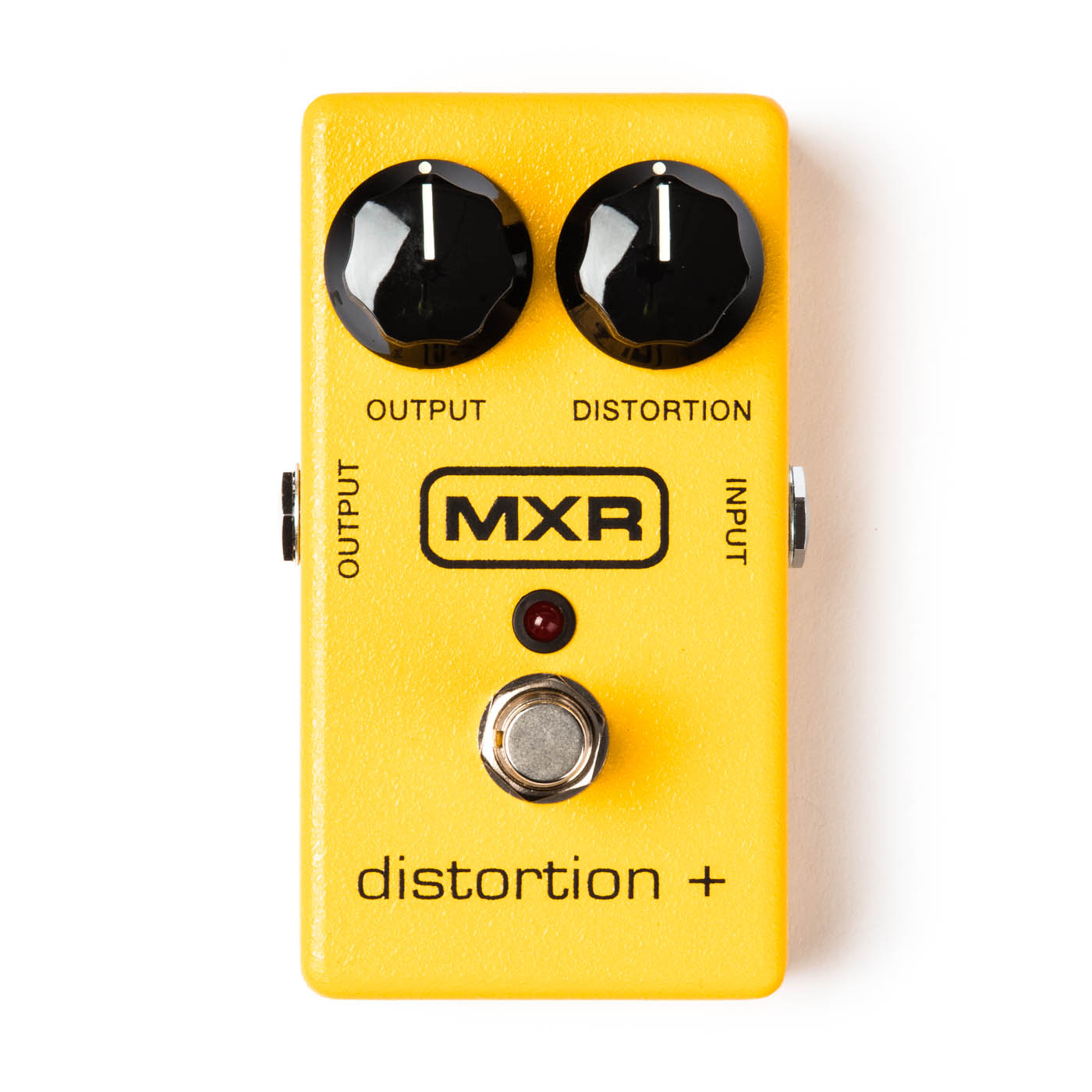
The MXR Distortion+ help popularize a whole new genre of stompbox that has undergone countless innovations since.
One of the classic examples here is Randy Rhoads playing on Ozzy Ozbourne’s “I Don’t Know”, using a MXR M-104 Distortion+ pedal into his signature white Marshall amp stacks.
Early on in my guitar playing infancy, distortion pedals confused and disgusted me a bit as iconic ones like the Boss DS-1 and Pro-Co Rat sounded thin and harsh—but I’ve grown to love them over time.
A great distortion pedal in front of a clean amp sounds like a cranked amp should to me—which used to strike me as strange, because it’s overdrive pedals that are more often described as sounding “amp-like.”
I’ve come to realize that what most people mean by this is that overdrive pedals can do a good job of preserving the original sound of an amp while coaxing a bit more natural distortion out of it, whereas distortion pedals are generally more colored and impose their signature hard-clipped gain onto an amp. A vintage-style overdrive adds some grit and pushes an amp even further into saturation, while a distortion pedal brings hard-clipping saturation all on its own.
The aforementioned DS-1 and Pro Co Rat are still two of the most popular distortion pedals that you will most likely find in any professional recording studio, but two recent favorites are the Wampler Plexi Drive and the EarthQuaker Devices Acapulco Gold. Both of these pedals emulate the sound of classic amps (a Marshall Plexi and Sunn Model T, respectively) and there are many other distortion pedals by companies like MXR, Wampler, Tech-21 and Xotic Effects that emulate the distortion of classic guitar amps.
Odds and Ends
There are also other pedals like Gain Boosters and Treble Boosters that don’t fall neatly into any of these categories.
A good gain booster should just add more volume to your signal path and can be used in front of the amp as a way to overdrive the input without coloring the sound as much as a traditional overdrive or distortion pedal. You could also plug a gain booster into the effects loop of an amp to add volume to the tone you already have, without driving your amplifier’s preamp circuit any further, so you could make a guitar solo stand out a little more with some very clean gain.
A treble booster tends to do what you might think—add treble to your rig—but sometimes they can also take away bass as well so that the guitar cuts through a mix better. Brian May is famous for using a treble booster (as well as for being the lead guitarist of Queen) to further push his Vox AC-30 and achieve his signature gritty tone.
Another note to make here is that there are many gain pedals that may not fall neatly into any of these categories. The Boss OS-2, for instance, is both a distortion and an overdrive pedal with a “Color” knob to mix between the two types of drive. With many “crossover” options now available from companies like Strymon, Tech 21 and TC Electronic, there’s bound to be a dirt pedal that fits your needs.
I hope you enjoyed this overview and guide to the wonderful world of fuzz, distortion, and overdrive. Let us know in the comments below what your favorite gain pedals are—and which ones you’ve been eyeing online or at your local music store.
Please note: When you buy products through links on this page, we may earn an affiliate commission.







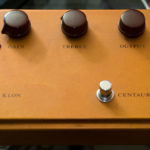
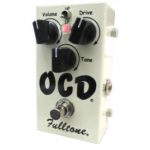
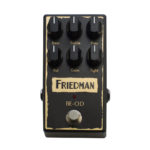
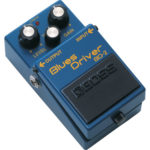
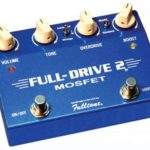
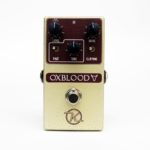
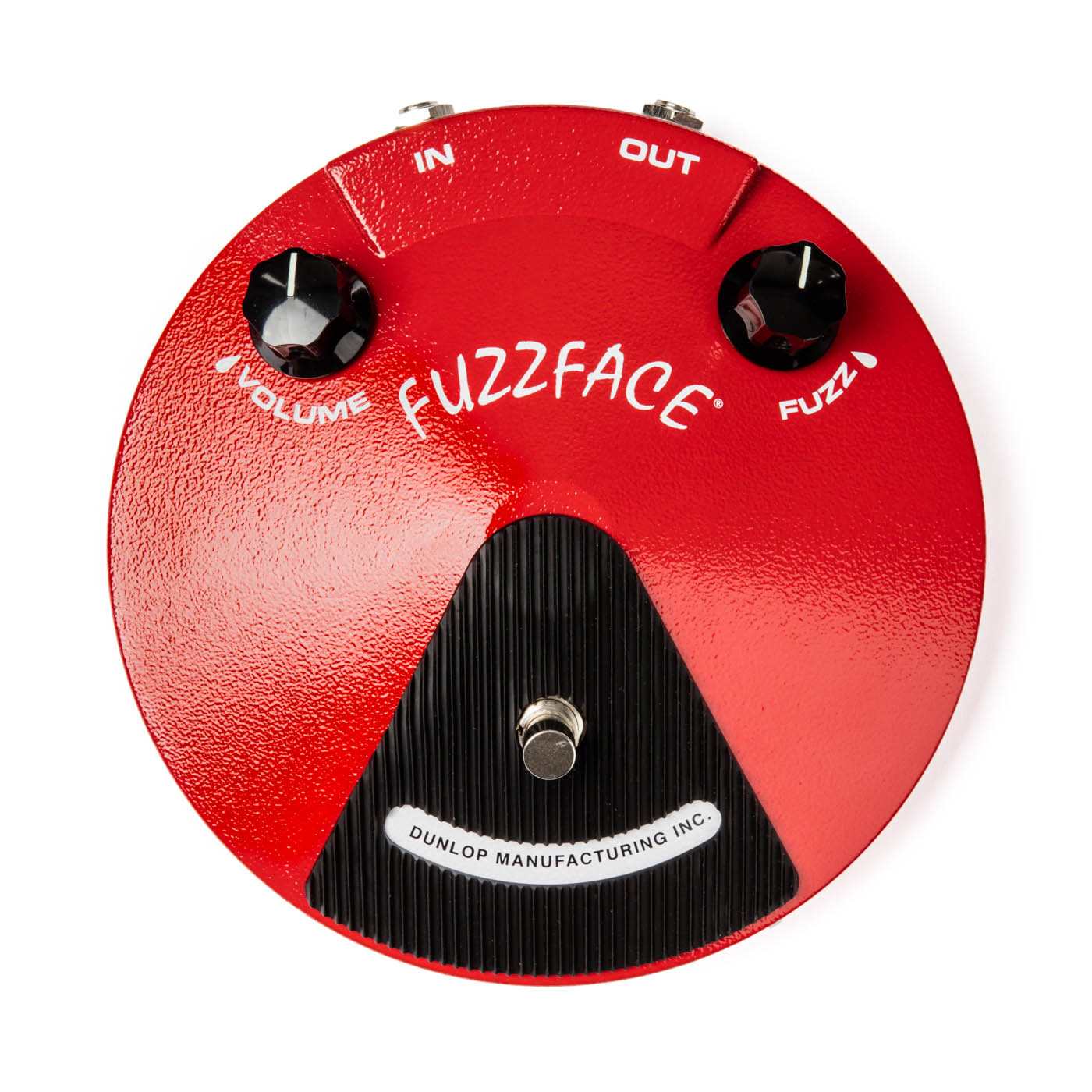
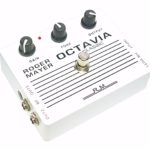
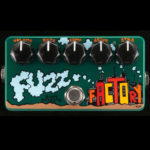

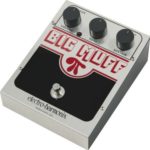
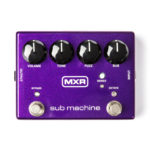

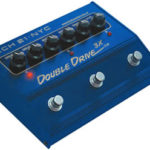
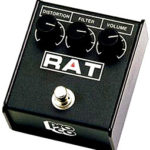
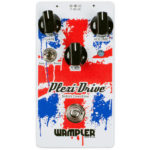
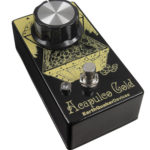
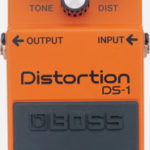
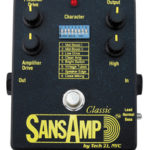
Elliott Randall
April 6, 2017 at 4:09 pm (8 years ago)the biggest problem with ganging up these devices when ganged together is lots of unwanted noise 🙂
.
Elliott Randall
April 6, 2017 at 4:10 pm (8 years ago)the biggest problem with these devices is that when ganged together (especially with an already overdriven amp) you get lots of unwanted noise 🙂
Stephen Muir-field
April 7, 2017 at 10:50 am (8 years ago)apply a gate to mute the sound of the noise (DRMER GRATE NOISE GATES)
Fried Shipping
April 7, 2017 at 2:21 pm (8 years ago)I LOVE DISTORTION! KEEP IT DIRTY MY FRIENDS
Matthew Wang
April 8, 2017 at 12:05 am (8 years ago)This can be true but you could consider a noise gate as Stephen below suggested, or if you’re recording, try using RX5 by Izotope as it can really get rid of a lot of unwanted hiss and noise from dirty guitars!
Elliott Randall
April 8, 2017 at 7:27 am (8 years ago)Hey Matthew & Stephen – a noise gate only kills the sound when the threshold drops below a certain assigned level. so dynamics (i.e. volume control swells) get messed up. As for Izotope grabbing & killing certain frequencies – many of those freqs are also part of the guitar tone too, and using a tool such as this will rob the player of whatever parts of that tone are being treated.
There are good tricks, but imho these are not them!
~ Respect.
Mark Marshall
May 26, 2017 at 1:41 pm (8 years ago)Not to nit pic, but Clapton did not use any fuzz pedals. It was all amp.